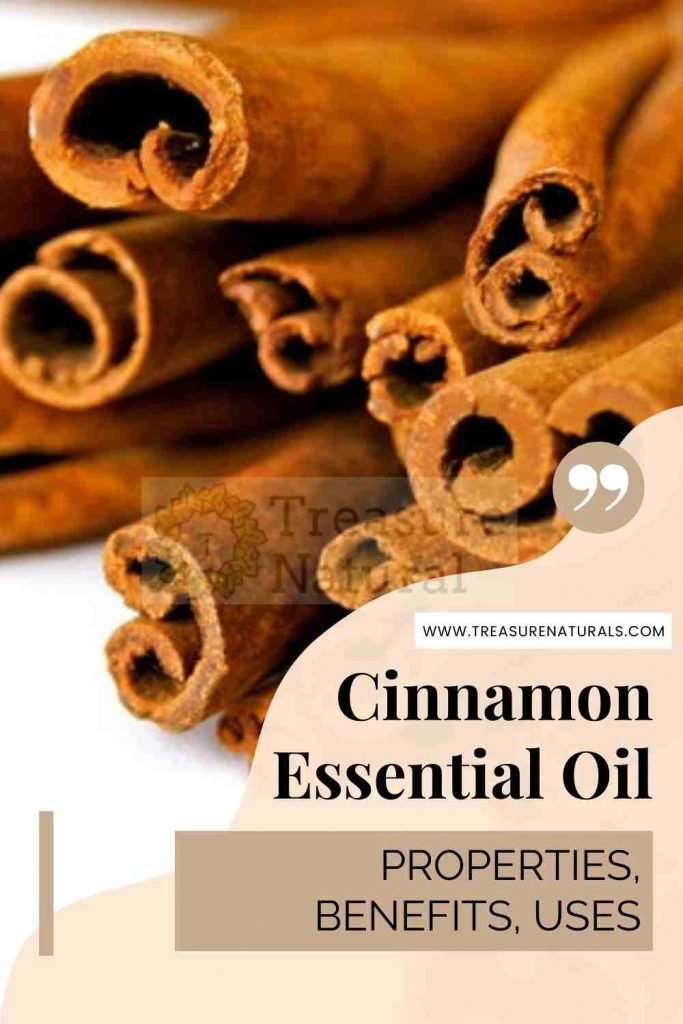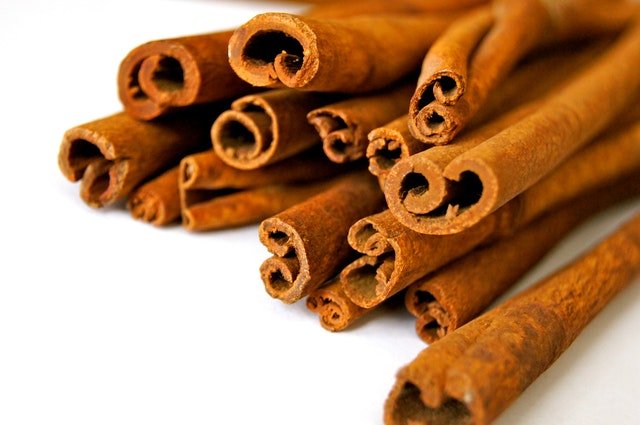Cinnamon essential oil : properties, uses as a natural remedy and do it yourself. Information on where to buy and how to use cinnamon essential oil.

cinnamon essential oil is extracted from cinnamon bark left to waste in marine and then distilled water or it can be extracted from the leaves. The composition of the two essential oils obtained is similar but differs in a greater or lesser concentration of eugenol and cinnamic aldehyde. You will not believe it but… it is thanks to these two active ingredients that tiger balm is so famous today. The composition of the tiger balm sees, in fact, the use not only of the essential oil of cinnamon but also of these two active ingredients to make the result with even more tangible properties. What properties? We will find out later.
Cassia cinnamon or true cinnamon
The cinnamon is a spice obtained from the inner bark of trees belonging to the genus Cinnamomum. The so-called ” true cinnamon ” is obtained from the Cinnamomum verum species (better known as Ciannamomum zeylancium) even if the one we find on the market, in general, is obtained from other species, the particular from Cinnamomum cassia; the cinnamon of Ciannamomum cassia has a more tart aroma and a less fine texture, which is why it is much cheaper.
Cinnamon essential oil
The essential oil of cinnamon, thanks to its properties, can be used as a natural remedy to soothe different disorders, it can be used in aromatherapy and especially as the main ingredient for the preparation of anti-inflammatory ointments.
The cinnamon is an ancient natural remedy still used in Ayurvedic medicine, contains tannins, cinnamic aldehyde, eugenol (over 50 aromatic compounds and terpene), linalool, beta-caryophyllene, camphor. The essential oil of cinnamon is an amber liquid rich 90% cinnamic aldehyde and is responsible for the typical flavor and aroma of cinnamon.
Cinnamon essential oil, properties
Cinnamon essential oil has a strong antifungal activity (it is a natural antiseptic) and promotes peripheral circulation when rubbed into the skin.
Thanks to its ability to improve circulation, it can relieve rheumatism and be useful in the preparation of anti-cellulite and anti-inflammatory ointments.
The essential oil of cinnamon is used to prevent colds, flu and, in aromatherapy, to help against stress and nervous exhaustion. It can also be used to relieve tired feet and legs.
Cinnamon essential oil, uses
For a cream
You can prepare an ointment by dissolving a few drops of cinnamon essential oil in vaseline or, for an even more natural product, you can use vegetable glycerin.
For an ointment
Those who prefer more practical natural remedies can limit themselves to adding 1 single drop of cinnamon essential oil in a tablespoon of vegetable oil, preferably sweet almond oil but, if you really don’t want to buy anything else, go ahead also with the oil of olive!
Uses
Creams and ointments, prepared in this way, can be used for anti-inflammatory massages for the neck, back, legs and temple, to counteract migraines. By stimulating blood circulation, this oil can be very useful for fighting cellulite or soothing swollen, cold and tired feet.
In case of cold feet, swollen or tired feet, add a few drops of this essential oil to a basin with warm water, in which you will soak your feet until the water becomes cold.
Thanks to its anti fungal properties, foot baths can be useful for those who go to gyms and want to prevent the appearance of annoying fungi and infections.
Thanks to eugenol, the essential oil of cinnamon extracted from the leaves is more suitable for the preparation of homemade toothpastes .
Cinnamon essential oil from leaves or bark?

As stated above, cinnamon essential oil can be obtained from the bark or from the leaves. The essential oil of cinnamon obtained from the bark is richer in cinnamic aldehyde so it can irritate the skin if not properly diluted, it has a sweeter aroma.
The essential oil of cinnamon obtained from the leaves is less irritating even if it seems to have a more pungent aroma dictated by the higher concentration of eugenol; eugenol is the same active ingredient contained in cloves, therefore the essential oil of cinnamon obtained from the leaves has an aroma that is very reminiscent of that of cloves.
Cinnamon essential oil, where to buy it
At shops specializing in the sale of natural products or using online purchases.
Cinnamon essential oil pairs well with:
For completeness, here is a list of essential oils that could be combined with cinnamon, just click on the single name to learn its properties :
- Lavender essential oil
- Tea Tree Essential Oil
- Peppermint essential oil
- Patchouli essential oil
- Lemon essential oil






